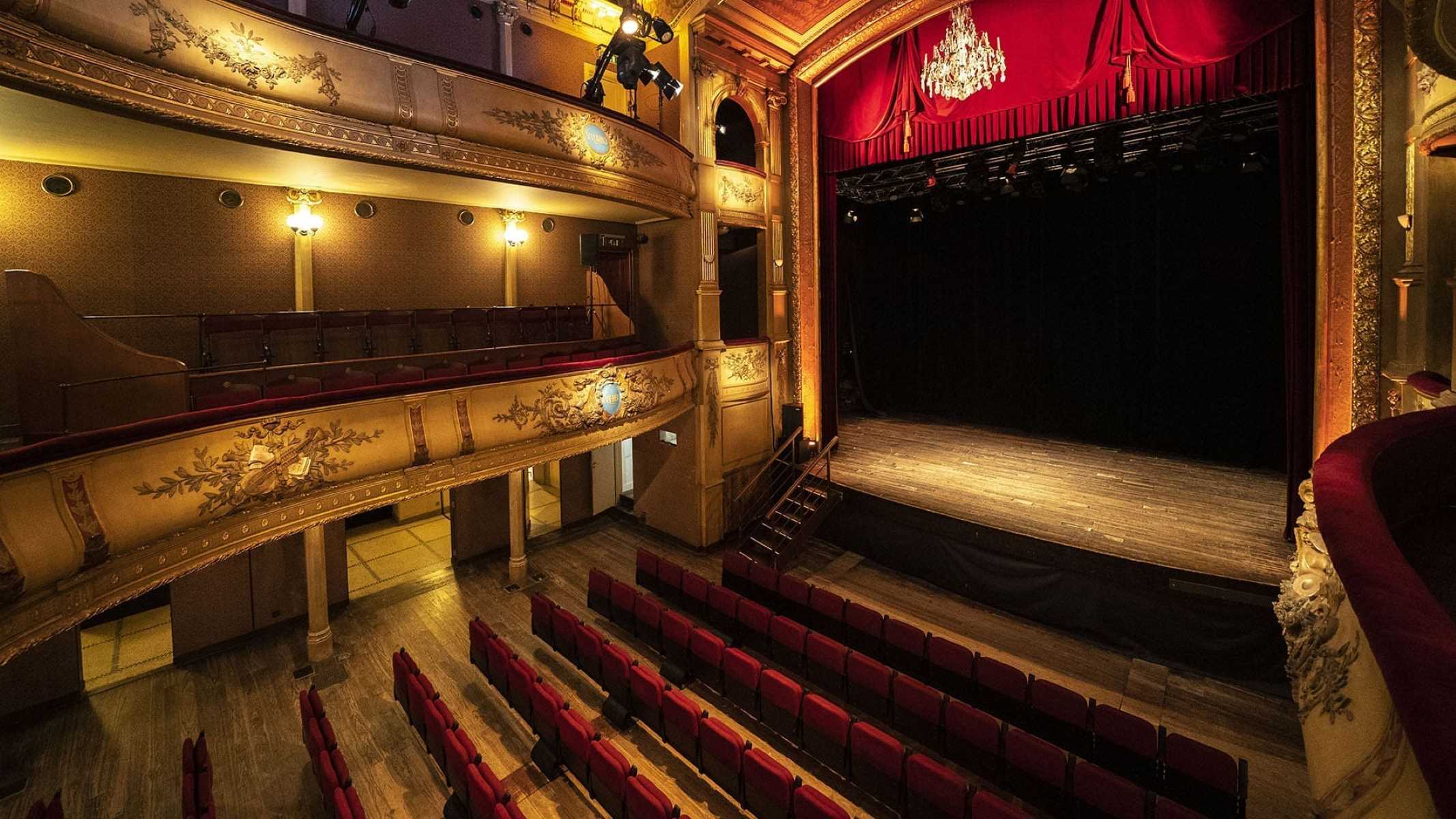Secrets Beneath The Stage: Vaudeville-Era Trap Doors And Hidden Passages

Ever wondered what lies beneath the stage of a vaudeville theater? The vaudeville era was known for its dazzling performances, but it also hid a world of secrets. Trap doors and hidden passages played a crucial role in creating the magic. These clever designs allowed performers to appear and disappear in the blink of an eye. Imagine actors vanishing into thin air or props emerging from nowhere. These hidden features weren't just for show; they were essential for the fast-paced, ever-changing acts that defined vaudeville. Let's take a peek behind the curtain and uncover the secrets that made this era unforgettable.
The Magic of Vaudeville-Era Theaters
Vaudeville theaters were more than just stages; they were places of wonder and mystery. Hidden beneath the boards and behind the curtains lay secrets that added to the enchantment of the performances. Let's uncover some of these fascinating hidden features.
Trap Doors: The Secret Exits
Trap doors were essential for creating dramatic entrances and exits. These hidden passages allowed performers to appear and disappear in the blink of an eye, adding an element of surprise to the show.
The Palace Theatre, New York City
Known for its grandeur, this theater had multiple trap doors that allowed magicians and actors to vanish and reappear, leaving audiences in awe.The Orpheum Theatre, Los Angeles
This historic venue featured cleverly disguised trap doors that were used for quick scene changes and magical illusions, making each performance a spectacle.
Hidden Passages: The Backstage Maze
Behind the scenes, hidden passages connected different parts of the theater. These secret routes helped performers move swiftly and unseen, ensuring the show flowed seamlessly.
The Chicago Theatre, Chicago
Famous for its intricate design, this theater had hidden corridors that allowed performers to navigate the building without being seen by the audience.The Fox Theatre, Atlanta
This theater's hidden passages were used by stagehands and actors to move props and costumes quickly, keeping the magic alive on stage.
Secret Rooms: The Performer's Sanctuary
Vaudeville theaters often had secret rooms where performers could relax, rehearse, or prepare for their next act. These hidden spaces were sanctuaries away from the hustle and bustle of the stage.
The Paramount Theatre, Seattle
This theater had a hidden room behind the stage where performers could gather, practice their routines, or simply take a break between acts.The Tivoli Theatre, Chattanooga
Known for its luxurious design, this theater featured secret rooms that provided a quiet retreat for performers, complete with comfortable seating and refreshments.
Ingenious Stage Mechanisms: The Hidden Helpers
Ingenious stage mechanisms were hidden beneath the stage, allowing for seamless scene changes and special effects. These mechanical wonders were the unsung heroes of vaudeville performances.
The Hippodrome Theatre, Baltimore
This theater boasted advanced stage mechanisms that could lift entire sets and create stunning visual effects, all hidden from the audience's view.The Pantages Theatre, Minneapolis
Known for its technical prowess, this theater had hidden mechanisms that allowed for quick and smooth transitions between scenes, enhancing the overall experience.
The Legacy of Vaudeville's Hidden Wonders
The hidden features of vaudeville-era theaters were more than just practical tools; they were part of the magic that made each performance unforgettable. These secrets beneath the stage continue to inspire and fascinate, reminding us of a time when theater was a place of endless possibilities.
The Lasting Impact of Vaudeville's Hidden Features
Vaudeville-era trap doors and hidden passages weren't just clever stage tricks. They were essential to the magic of live performances. These features allowed for quick costume changes, surprise entrances, and seamless scene transitions. Audiences were constantly amazed by what seemed like impossible feats.
Modern theaters still use some of these techniques, proving their lasting impact. They remind us of a time when creativity and ingenuity were key to entertainment. Exploring these hidden elements gives us a deeper appreciation for the art of theater.
Next time you watch a play or musical, think about the secrets beneath the stage. The legacy of vaudeville lives on, continuing to inspire and captivate. The magic of the theater is as much about what you don't see as what you do.

